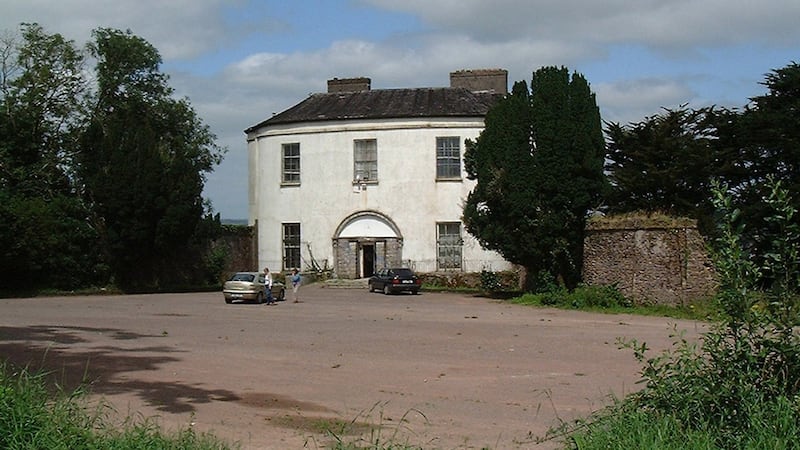An 18th century unoccupied neoclassical house in Co Cork has been seriously damaged by an overnight fire.
Seven units of Cork City Fire Brigade together with one unit of Cork County Fire Brigade spent close to ten hours fighting the blaze at Vernon Mount in Douglas on the southside of Cork city before bringing the fire under control early this morning.
Garda technical experts in Cork are this morning due to carry out a forensic examination on the remains to establish the cause of a fire.

The alarm was raised shortly after 9.35pm on Sunday and when fire crews arrived the blaze was well established and it spread through the roof of the unoccupied building at Frankfield in Douglas, causing extensive damage.
Gardaí said they are treating the fire as suspicious and believe the blaze may have been caused by teenagers lighting a bonfire on the property but they are awaiting the results of the forensic examination before deciding what direction their investigation will take.
The property will be examined by a health and safety expert and a Garda technical experts when it is deemed safe for people to enter the building.
Vernon Mount is located on a hill overlooking the South Ring Road and last night gardai closed the inner lane of the west bound carriageway overnight to facilitate fire tenders going to the blaze which was visible across much of the city.
Historic house
The historic house with its striking curvilinear fronted facade dates from 1784 and had been included in the World Monuments Fund List of 100 Most Endangered Sites after being alerted to the existence of the property and its endangered status by the Irish Georgian Society.
The house, which has panoramic views of the estuary of the River Lee was named after Mount Vernon on the Potomac River, the home of the first President of the United States of America, George Washington.
It was designed by architect, Abraham Hargrave for Cork merchant called Attiwell Hayes, and was passed on to his son, Sir Henry Brown Hayes who became a notorious figure after he was said to have kidnapped a local heiress, Mary Pike, in July 1797.
Brown Hayes brought Ms Pike to Vernon Mount for a fake marriage but she managed to escape and Brown Hayes went on the run. He surrendered after two years and was sentenced to death but the sentence was commuted and he was sent to Botany Bay before being pardoned in 1812.
The house survived the War of Independence and the Civil War when many estate homes in Cork and elsewhere were burned and it remained a family home until it was purchased in 1958 by the Cork and Munster Motorcycle Club who built a motor-cross race track on the parkland.
In 1997, it was bought by developers led by San Diego based IT entrepreneur Jonathon Moss but Cork County Council refused the group planning permission to redevelop the house and build houses/apartments on the site.
Mr Moss remains the principal owner of the house and the motorcycle club leases the grounds. The building fell into disrepair but a local voluntary group, the Grange Frankfield Partnership was formed in 2010 to campaign for the conservation and restoration of Vernon Mount.
Extensive roof repairs were carried out by Cork County Council with grant aid from the Department of Arts, Heritage and the Gaeltacht in 2012 which involved the replacement of 60 per cent of the roof and repair of the remaining 40 per cent.
The house is notable for its curved front, complimented by bows on either side while its interior features include an elegant cantilevered staircase with a neo-classical wrought-iron balustrade, a fine oval first-floor landing with marble Corinthian columns.
The decorative plasterwork, ceiling and wall paintings by Cork artist, Nathaniel Grogan are particularly noteworthy and it is feared that these have been damaged or destroyed in last night’s fire which was visible from many parts of Cork city.









